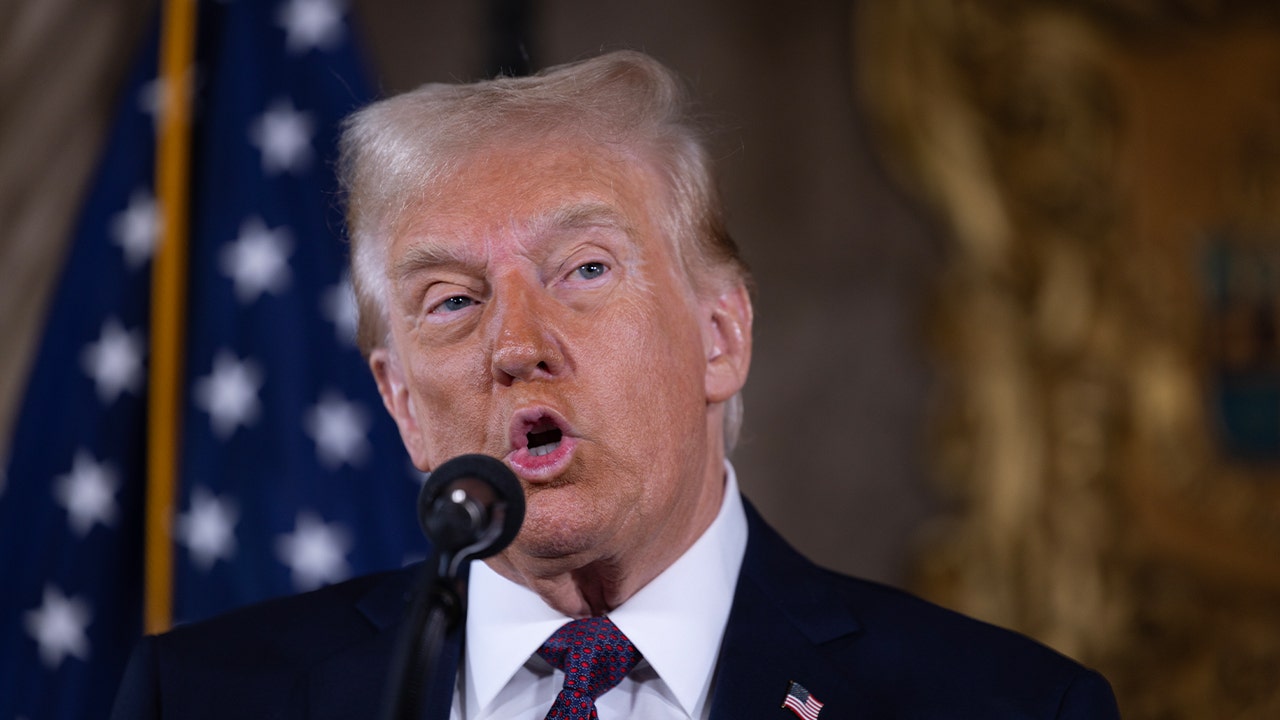Most Americans or people from English-speaking countries might be familiar with Three Kings’ Day, also known as the Epiphany. This is especially true if you were raised Christian (and doubly true if you were raised Catholic). In Mexico, that day is known as Día de Los Reyes and is celebrated on January 6th. Just like Three Kings’ Day, Día de Los Reyes is meant to honor the Three Wise Men or Magi who came to bring baby Jesus gifts after his birth.
Read on to find out what Día de Los Reyes entails, how it’s celebrated and what you eat on the feast day.
Related: 100 Happy Epiphany Wishes & Greetings for Three Kings’ Day
What Is Three Kings’ Day (Día de Los Reyes) and Why Is It Celebrated?
The direct translation of Día de Los Reyes is “Day of The Kings,” but it means Three Kings’ Day. The full title is Día de Los Tres Reyes, but in the Mexican tradition of celebrating the feast day, it’s shortened to simply Día de Los Reyes (like how Día de los Muertos can also be Día de Muertos). Places like Puerto Rico, Argentina and Uruguay simply call it Día de Reyes.
The holiday coincides with the feast day of the Epiphany, and both represent the day the Three Wise Men—Los Tres Reyes Magos—gave gifts to Jesus Christ. Día de Los Reyes closes out the Christmas festivities for Mexicans; as MexOnline.com reported, January 6th is 12 days after Christmas.
With that said, Día de Los Reyes also includes more gift-giving in Mexico. Before Santa Claus became such a massive figure in the Westernized version of Christmas, the Three Wise Men were actually the ones who brought gifts during Christmas in Mexico. Now, because of how pervasive American traditions are, particularly with Christmas, that’s not entirely the case in more modern or urban parts of Mexico.
🤩 📺 SIGN UP for Parade’s Daily newsletter & get the scoop on the latest TV news & celebrity interviews delivered right to your inbox 🤩🎥
What Is Rosca de Reyes?
During Día de Los Reyes, Mexicans serve Rosca de Reyes, or King’s Cake. “Rosca” directly translates to “thread” but is known to mean wreath in this context (which you can see by the shape of the cake). And “reyes,” of course, means kings.
Again, the Rosca de Reyes has an oval shape to symbolize a crown and has a small doll baked inside, which represents baby Jesus. The doll figure symbolizes the hiding of the infant Jesus from King Herod’s troops. Traditionally, Roscas are adorned with dried and candied fruits to symbolize the many jewels that a crown would have. The person who gets the slice with the doll inside must host a party on Día de la Candelaria in February.
Related: The Best Mexican Street Food Recipes To Celebrate Mexican Heritage All Year Long
What Happens on Three Kings’ Day?
Photo by vetrestudio/Canva
Christmas might be over, but it doesn’t mean the gift-giving (and receiving) is. As stated above, children in Latin America and Spain receive the majority of their gifts from the Three Kings rather than from Santa Claus at Christmastime.
Because this holiday revolves around Jesus and his birth (you know how there was no room at the inn for Mary and she had to deliver him in a stable), Nativity scenes are everywhere for Día de los Reyes. There also might be s on Día de Los Reyes, depending where you are. Reyes festivities are celebrated in a variety of ways across the globe and Mexico’s is one of many.
How Do You Celebrate Three Kings’ Day?
Since the foundational aspect of this holiday is a very religious one, people often attend church on Día de Los Reyes. But outside of that, here are a few other traditions that Mexicans partake in on this special feast day.
Kids Can Leave Their Shoes Out for More Gifts the Night Before
Just like how kids leave out their shoes for St. Nicholas Day in December, kids in Mexico often leave out their shoes for goodies on January 5th. Remember: kids in Mexico think of their gifts coming from the Three Magi as opposed to Santa, so this makes a lot of sense.
Before going to bed, the children place their old shoes with a wish list on top for the Three Kings. In the morning, the shoes are filled with toys, candy and gifts from the Three Kings, The Yucatán Times reported.
Eat Rosca de Reyes
As we already mentioned above, Rosca de Reyes is the Mexican equivalent of a Three Kings’ cake and has a similar tradition of finding a tiny baby in it, too. You can try your hand at making your first Rosca de Reyes in addition to eating it on January 6th. And remember: The custom is that whoever finds the doll must host a party on Dia de la Candelaria (also known as Candlemas Day in English-speaking countries) on February 2nd.
Give Gifts
Again, Día de Los Reyes is the big gift-giving day during Christmastime for Mexicans. Just like how the Three Wise Men brought baby Jesus gold, frankincense and myrrh, Los Tres Reyes are thought to bring children their gifts on Día de Los Reyes, too.
Have a Traditional Día de Los Reyes Dinner
And what better way to end a holiday than with a traditional family dinner together? Just like how many people have a Christmas Day dinner or Christmas roast, Mexicans have a big evening meal on Día de Los Reyes.
As Benito’s Kitchen noted, this big dinner often includes a lot of traditional Mexican dishes such as tamales, pozole, enchiladas, bacalao (dried codfish), fried fish (pescado frito) and Pasteles de Navidad (Christmas pastries filled with pumpkin or sweet potato filling). And don’t forget the hot chocolate for after dinner!
So, there you have it. A look at the traditions in Mexico and Mexican households for Día de Los Reyes. Everyone has their own way of celebrating, though, and it’s fun to see the different variations.
Up Next:
Related: 15 Mexican Twists On Classic Thanksgiving Recipes We Love



![8th Jan: Hound's Hill (2025), Limited Series [TV-MA] (6/10)](https://occ-0-1759-132.1.nflxso.net/dnm/api/v6/Qs00mKCpRvrkl3HZAN5KwEL1kpE/AAAABbWm_pH7X9K-GyhLdRaE5o72CgiN0k9qZg7pTbeL4PiibmrdLaBlpANvO3LHV-ue7fahx1_n5KZXAVJTQGFyYggeKvjFLEJXx7kwFl332S3jib1TvNPm4o1WvNJubTPaz3WjJKrJgpOul8ZiPiM7P-I6rDIlxxx7RRaE8I8hq25sAPxRxErdPJYUShiwCEaOOv42s5lfhUWzl4UfJOxmq_VQ-vSBAKIT9kI4hkUIx8pwJQ3g6SU_jIwoAtpFIRsZqSn2VtIM42YFLH1JNVGJNMulIxtxGptw-X2Pk5HFk3uBzu1iMhJ551tDMQ.jpg?r=38d)


/cdn.vox-cdn.com/uploads/chorus_asset/file/25708260/AParkin_Favorite_Social_Media.jpg)







